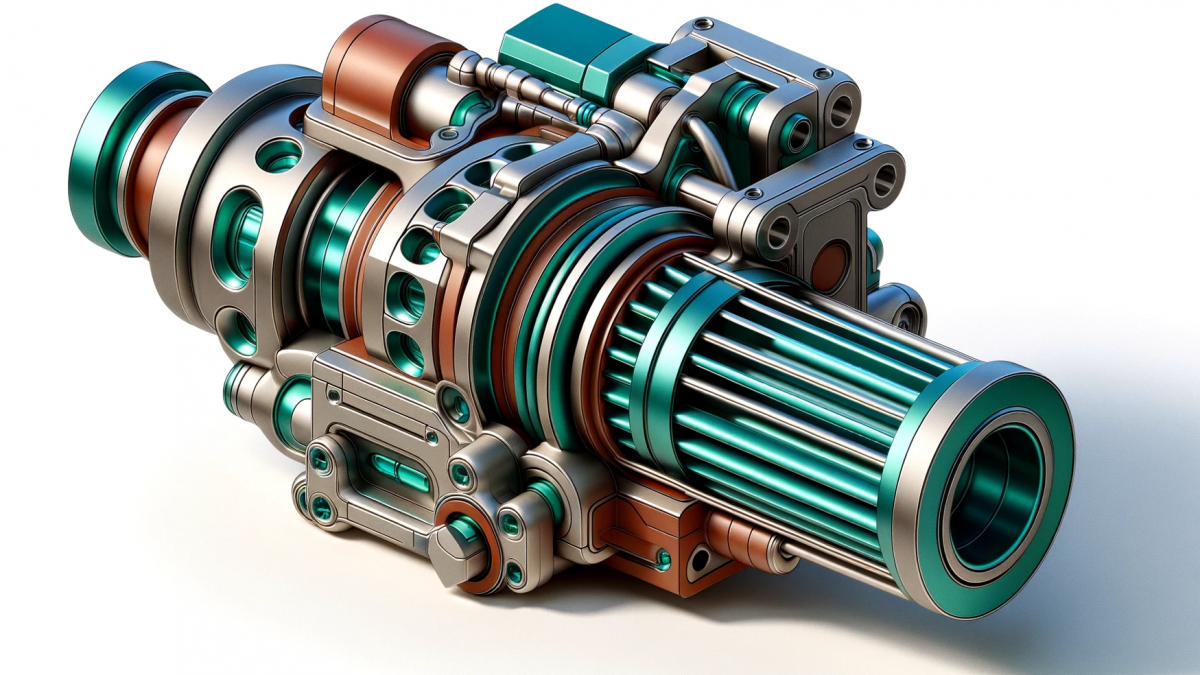Machine element Design

What is machine element design within the larger context of mechanical design and product development? What are key considerations?
Machine element design is a fundamental aspect of mechanical engineering that involves the creation and optimization of the basic building blocks that make up mechanical systems.
These components, known as machine elements, include gears, bearings, shafts, fasteners, springs, and couplings. The design of these elements requires a blend of engineering principles, material science, and practical considerations to ensure functionality, reliability, and efficiency

Usual Machine elements include
- Shafts
- Bearings
- Gears
- Pulley and Belts
- Chains
- Joints and Fasteners
- Springs
- Levers
Key considerations in machine design :
- Functionality and Performance: Ensure that they perform intended function handle the expected loads , run at required speed and in various environments
- Selection of the right materials: Strength, hardness, toughness, cost and resistance to environment and corrosion are important factors
- Stress analysis : How do they perform under load
- Manufacturability and assembly : Design for manufacturability (DFM) ensures that machine elements can be produced efficiently and cost-effectively. This includes considering manufacturing processes like machining, casting, forging, and additive manufacturing. Additionally, ease of assembly and disassembly is crucial for maintenance and repair.
- Standardization : Many standard machine elements are available off the shelves with vendors. Standardization of designs and thoughtful selection are key
- Interchangeability and modularity : the ability to replace or exchange components or parts within a machine or system without the need for adjustment or customization . designing machines or systems as a collection of independent modules or subsystems that can be easily connected, combined, or rearranged to create different configurations or functionalities.
Shaft Design:
Shaft dimensions, including diameter, length, and shape, must be carefully determined to withstand applied loads, torsional stresses, and bending moments while maintaining acceptable levels of deflection and vibration.
Key design considerations in shaft design
- Layout and packaging, assembly
- Joinery with other elements
- Stresses and Fatigue durability
- Deflection
- Vibrations
Layout of a shaft :

Mounting provisions on shafts :
- Keys
- Splines
- Set screws
- Pins
- Press fits
- Tapered fits

Bearing selection:
Different types of bearings, such as ball bearings, roller bearings, and plain bearings, offer distinct advantages and are chosen based on the specific application requirements. Factors such as radial and axial loads, moment loads, and dynamic forces dictate the choice between different bearing configurations and arrangements
Selection criteria of bearings include:
Load Capacity
Speed Capability
Operating Temperature
Lubrication Requirements
Mounting and Fitment
Environmental Conditions
Cost and Availability
Life calculations
Gear design :

Important factors in Gear train design
Material Selection: Choosing suitable materials for gears based on factors such as strength, hardness, wear resistance, toughness, and compatibility with lubricants and operating environments. Common gear materials include alloy steels, case-hardened steels, stainless steels, and non-ferrous alloys such as bronze and aluminum.
Gear Type and Configuration layout based on the specific application requirements, space constraints, load distribution, and operating conditions.
Gear Ratio and Transmission Ratio desired speed reduction or increase between the driving and driven shafts while considering factors such as torque requirements, power transmission efficiency, and system dynamics.
Load Distribution and Strength Analysis Analyzing the load distribution along the gear teeth and determining the required gear dimensions, material properties, and tooth geometry to ensure adequate strength, stiffness, and resistance to bending, contact stress, and fatigue failure under operating loads.
Noise and Vibration Control Mitigating noise, vibration, and dynamic forces generated during gear operation through proper design of tooth profile, tooth contact pattern, gear mesh alignment, and damping measures such as gear tooth crowning, helix angle modification, and vibration isolation.
Lubrication and Cooling Designing lubrication systems, oil circulation paths, and cooling arrangements to provide adequate lubrication film thickness, heat dissipation, and debris removal to prevent wear, scoring, and overheating of gear surfaces.
Fastener design
careful consideration of various factors to ensure secure and reliable joining of components in mechanical assemblies
Material Selection
Strength and Load Capacity
Head Design
Clamping force calculations/ joint stiffness calculations
Separation load or Proof load calculations
Calculating required torque input to maintain integrity
Spring design
Spring Geometry and Configuration: Selecting the appropriate spring type and configuration (e.g., compression spring, extension spring, torsion spring) based on the application requirements, space constraints, and loading conditions
Spring Rate and Deflection Determining the required spring rate (stiffness) and deflection characteristics to achieve the desired force-displacement relationship. This involves selecting the appropriate spring geometry, such as wire diameter, coil diameter, and number of coils.
Ends and Attachment Methods: Designing the ends of the spring to facilitate proper installation and attachment to mating components. This includes selecting the appropriate end types (e.g., closed ends, open ends, ground ends) and attachment methods (e.g., hooks, loops, tangs).
Dynamic Characteristics: Considering the dynamic behavior of the spring, including resonance frequencies, natural frequencies, and damping characteristics, to ensure that the spring does not exhibit undesirable vibrations or oscillations under operating conditions.
 Mufaddal Rasheed
Mufaddal Rasheed 